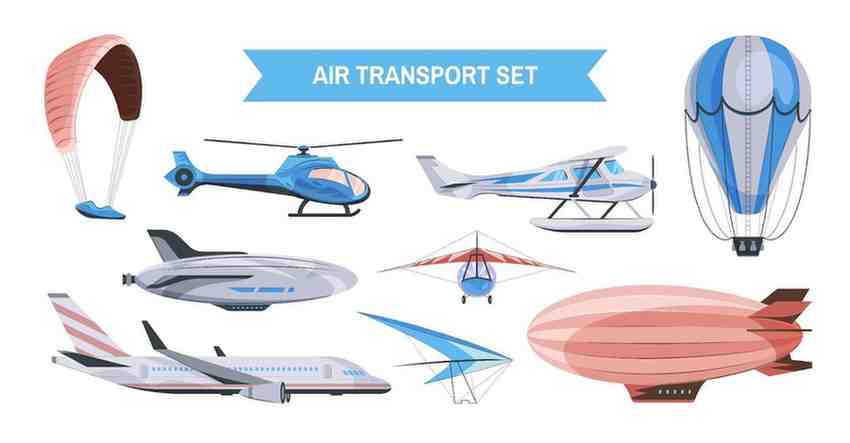Introduction:
For centuries, the dream of flying cars has captured the imagination of people around the world. From the Jetsons to Back to the Future, flying cars have been a staple of science fiction, symbolizing a future where transportation is faster, easier, and more convenient. But is this dream just a fantasy, or is it on the verge of becoming a reality?
In recent years, there has been a surge in interest in developing flying cars. Companies like Aerpace, Terrafugia, and Volocopter are all working on creating vehicles that can take to the skies. These flying cars are not just science fiction prototypes anymore; they are real, functional vehicles that are undergoing testing and development.
The dream of flying cars has long captured our imagination, promising to revolutionize the way we travel and navigate our increasingly congested urban landscapes. From science fiction novels to futuristic movies, the idea of personal air transportation has been a staple of speculative fiction for decades. However, recent advancements in technology and engineering have brought us closer than ever to turning this vision into reality. In this article, we’ll delve into the promise and challenges of flying cars, exploring their potential impact on transportation and society.
The Promise of Flying Cars:
Flying cars hold the promise of transforming the way we move from point A to point B, offering faster, more efficient, and potentially more environmentally friendly alternatives to traditional ground transportation. One of the most compelling advantages of flying cars is their ability to bypass traffic congestion, enabling commuters to travel directly to their destinations in a fraction of the time it would take by road.
Furthermore, flying cars could open up new possibilities for urban mobility, allowing for more flexible and dynamic transportation networks. Imagine a future where commuters can hop into a flying car for their daily commute, bypassing traffic jams and arriving at their destinations with ease. This could significantly reduce commuting times and improve overall quality of life for city dwellers.
Another potential benefit of flying cars is that they could help to reduce pollution and noise in cities. Traditional cars are a major source of air pollution, and they also contribute to noise pollution. Flying cars, on the other hand, could be powered by electric or hydrogen fuel cells, which would produce zero emissions. They would also be much quieter than traditional cars, as they would not have to rely on internal combustion engines.
Additionally, flying cars have the potential to revolutionize emergency response and medical transportation. In emergency situations, flying cars could provide rapid access to remote locations or bypass traffic to deliver critical medical supplies and personnel. This could save countless lives in emergencies where every second counts.
Challenges and Hurdles:
Despite their promise, flying cars face numerous challenges and hurdles on the path to widespread adoption. One of the most significant challenges is safety. Unlike conventional automobiles, flying cars operate in three-dimensional space and must contend with airspace regulations, air traffic control, and the risk of mid-air collisions. Ensuring the safety of passengers and other airspace users will be paramount in the development and deployment of flying cars.
Another major challenge is regulatory approval and certification. Flying cars represent a new category of vehicles that fall somewhere between traditional automobiles and aircraft. As such, they must comply with a complex web of regulations governing both ground and air transportation. Securing regulatory approval for flying cars will require close collaboration between industry stakeholders, government agencies, and aviation authorities.
Infrastructure is another critical challenge facing the widespread adoption of flying cars. Unlike roads and highways, which are ubiquitous and well-established, the infrastructure required to support flying cars, such as vertiports and charging stations, is still in its infancy. Developing the necessary infrastructure will require significant investment and coordination between public and private sectors.
Moreover, the cost of flying cars remains a barrier to widespread adoption. At present, flying cars are prohibitively expensive for the average consumer, with prices ranging from hundreds of thousands to millions of dollars. Bringing down the cost of flying cars will require advances in technology, economies of scale, and innovative business models.
Environmental concerns also loom large in the discussion of flying cars. While they have the potential to reduce congestion and emissions by taking cars off the road, flying cars themselves generate emissions and noise pollution. Moreover, the increased energy consumption associated with flying could offset any environmental benefits gained from reduced ground transportation.
The Future of Transportation:
Despite these challenges, the future of transportation is undeniably intertwined with the development of flying cars. As technology continues to advance and regulatory frameworks evolve, we are likely to see flying cars become an increasingly common sight in the skies above our cities.
In the near term, we can expect to see limited deployments of flying cars in niche applications, such as air taxis and medical transportation. These early adopters will serve as testbeds for new technologies and business models, paving the way for broader adoption in the years to come.
Over the long term, flying cars have the potential to reshape our cities and communities, offering new opportunities for connectivity, mobility, and economic growth. However, realizing this vision will require careful planning, investment, and collaboration across a wide range of stakeholders.
Conclusion:
Flying cars represent a tantalizing glimpse into the future of transportation, promising to unlock new possibilities for mobility and connectivity. However, realizing this vision will require overcoming a host of technical, regulatory, and economic challenges. By addressing these challenges head-on and working together towards a common goal, we can usher in a new era of personal air transportation that is safe, efficient, and accessible to all.


